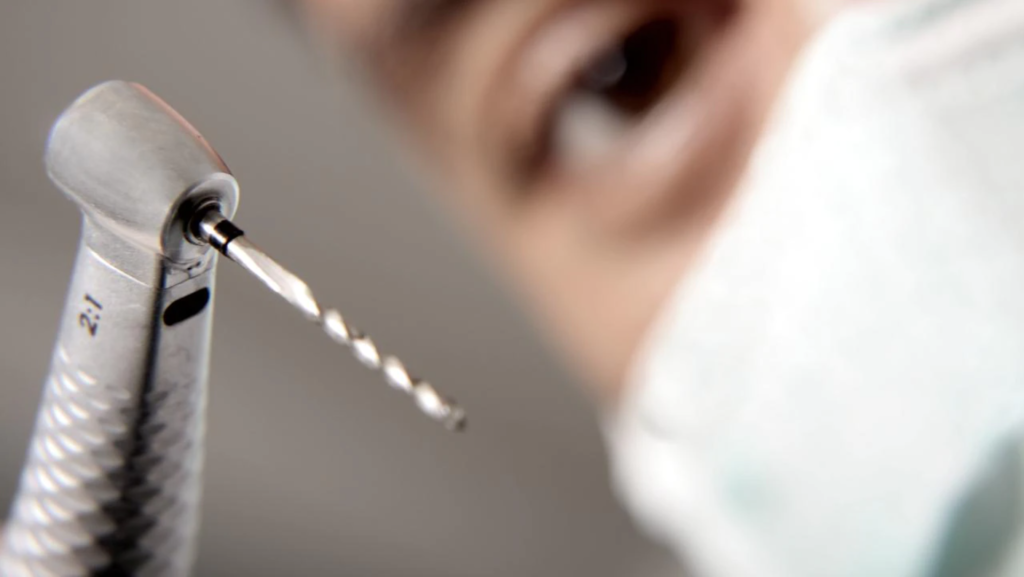Dental lawsuits are more common than many people realize. Whether due to miscommunication, negligence, or outright malpractice, patients sometimes find themselves considering legal action against their dental care providers. Understanding the legal process of a dental lawsuit can help patients navigate this challenging situation more effectively. This article outlines the key steps in a dental lawsuit and what to expect at each stage.
Understanding Dental Malpractice
Dental malpractice occurs when a dentist fails to provide the standard of care that a reasonable dentist would offer under similar circumstances, resulting in harm to the patient. Examples of dental malpractice include misdiagnosis, delayed diagnosis, unnecessary procedures, and errors during surgery or other treatments.
Before filing a lawsuit, it’s important to determine whether the harm experienced is due to malpractice or an unfortunate outcome of a procedure. Consulting with trusted dentists for a second opinion can provide clarity and support your case.
Initial Consultation with an Attorney
The first step in pursuing a dental lawsuit is consulting with a qualified attorney who specializes in medical or dental malpractice. During the initial consultation, the attorney will review the details of your case, including medical records, treatment history, and any evidence of negligence. It’s crucial to provide as much information as possible to help the attorney assess the viability of your case.
The attorney will explain the legal process, potential outcomes, and the likelihood of success. They will also discuss their fee structure, which is often based on a contingency fee agreement—meaning they only get paid if you win the case.
Filing the Complaint
If the attorney determines that you have a strong case, the next step is to file a formal complaint against the dentist. This legal document outlines the allegations of malpractice, the facts of the case, and the damages you are seeking. The complaint must be filed within the statute of limitations, which varies by state but typically ranges from one to three years from the date of the incident or when the injury was discovered.
Pre-Trial Procedures
Once the complaint is filed, the pre-trial phase begins. This stage involves several steps:
1. Discovery
Discovery is the process where both parties exchange information and gather evidence. This can include written questions (interrogatories), requests for documents, and depositions (sworn statements taken out of court). The goal of discovery is to build a comprehensive understanding of the case and prepare for trial.
2. Expert Witnesses
Expert witnesses play a crucial role in dental malpractice cases. These are typically experienced and trusted dentists who can provide an unbiased opinion on the standard of care and whether it was breached. Your attorney will work with these experts to strengthen your case and counter the defense’s arguments.
3. Settlement Negotiations
Many dental malpractice cases are settled out of court to avoid the time and expense of a trial. Settlement negotiations can occur at any stage of the legal process. Your attorney will negotiate with the defense to reach a fair settlement that compensates you for your injuries, medical expenses, lost wages, and other damages.
Preparing for Trial
If a settlement cannot be reached, the case will proceed to trial. Preparing for trial involves several key steps:
1. Finalizing Evidence
Your attorney will review all the evidence gathered during discovery and organize it for presentation in court. This includes medical records, expert witness testimonies, and any other relevant documentation.
2. Developing a Trial Strategy
A solid trial strategy is essential for presenting your case effectively. Your attorney will develop a compelling narrative, prepare witnesses for testimony, and anticipate the defense’s arguments.
3. Jury Selection
In cases that go to trial, a jury is often selected to hear the case and determine the outcome. Both the plaintiff’s and defendant’s attorneys participate in jury selection to ensure a fair and impartial panel.
The Trial
During the trial, both sides present their evidence and arguments to the jury. The process typically involves:
1. Opening Statements
Each attorney gives an opening statement, outlining their case and what they intend to prove.
2. Presentation of Evidence
The plaintiff presents their evidence first, followed by the defense. This includes witness testimonies, expert opinions, and physical evidence.
3. Cross-Examination
Both sides have the opportunity to cross-examine witnesses to challenge their credibility and the validity of their statements.
4. Closing Arguments
After all evidence is presented, each attorney gives a closing argument, summarizing their case and urging the jury to decide in their favor.
5. Jury Deliberation and Verdict
The jury deliberates and reaches a verdict based on the evidence presented. If the jury finds in favor of the plaintiff, they will determine the amount of compensation to be awarded.
Post-Trial Procedures
If the verdict is in your favor, the court will issue a judgment, and the defendant will be required to pay the awarded damages. However, the defendant may appeal the decision, which can prolong the legal process.
Dentist Education Module and Prevention
While dental lawsuits are sometimes necessary to seek justice, prevention is always preferable. Dentist education modules focusing on best practices, patient communication, and risk management can help prevent malpractice incidents. Trusted dentists who stay informed and adhere to these guidelines are less likely to face legal challenges and more likely to provide high-quality care to their patients.
The legal process of a dental lawsuit can be complex and challenging. Understanding the steps involved and working with experienced professionals can help you navigate this process and achieve a fair outcome.



